
Under a purple Madrid sky and on a carpet of horse-chestnut leaves, cigarette ends and broken beer bottles, six people are dancing their way through the second wave of the pandemic.
For all its grace and vigour, the Cuban rueda de casino that they dance is not quite what it once was. The thin light from a lamp in a park south of the city centre reveals masks covering smiling mouths and gelled hands clasping not other hands – but the opposite ends of two plastic pipes.
The 1.2-metre lengths of plastic pipe are not the only changes since Covid forced members of the Salsa Tabacalera group to dance outdoors and limit numbers to three couples. In a strikingly rare madrileño concession to the ears of those nearby, the group dances in apparent silence, listening to the songs of Los Jubilados de Cuba through earphones and a radio loop.
The modifications were the brainchild of Salsa Tabacalera’s teacher, Juan Margallo. When the pandemic hit, Margallo, a 52-year-old lighting technician and musician, looked for ways to keep moving.
“Dancing is a real passion for me and it’s something I just need to do,” he says.
“But then the pandemic came along and threatened to do away with all that. So I had the idea of the sticks. With the sticks, the masks, and dancing in the open air, the risk is almost nil.”
Margallo, a mix of musicologist, drill sergeant and Spanish MacGyver, has also found the pipes have yielded some unexpected benefits for his students.
“The thing is, the sticks actually help with the dancing, and they’ve become a bit of a teaching tool for me,” he says.
“People tend to bring their habits to their dancing – we’ve all got them – but they can get in the way of progress because they can make us too rigid or make us kick about too much. You may not notice it, but your partner will. When you have the stick, you’re more aware of all that and far more conscious of what you’re doing. It’s making a bit of a virtue of necessity.”
If the group’s moves lack some of their former intimacy, they want for little when it comes to verve or enthusiasm.
“I love the energy we transfer between ourselves and I love dancing in sync,” says Marta Fernández, a 40-year-old hospital worker.
“Juan – Mr Inventor – is always looking for a way to allow us to carry on dancing. Now it’s with stick, masks and gel. It’s not the same, but at least it’s viable.”
For Claret Martínez, the pipes and the odd looks have already ceased to be awkward.
“The sticks allow us to come together again and carry on dancing,” says the 30-year-old teacher.
“People do look quite confused or shocked when they see us but others take an interest and want to join in. But we don’t pay too much attention because we’re dancing.”
Aside from the occasional curious dog walker, their plumbing-enhanced gyrations attract little attention in the Jardín del Rastro. Despite the odd quizzical glance, the dark huddles of young people are more intent on cracking beers and launching lungfuls of marijuana smoke into the cold night air than in venturing over for a closer look.
Like the teenagers, tonight’s dancers – who come from Spain, Peru, Colombia and the US – are savouring the moment.
“Dancing takes you out of yourself,” says Samuel Villa, a 40-year-old IT worker. “It helps you forget about your situation. It’s a way to escape and to enjoy life.”
For 27-year-old Ana Chang, these al fresco dances are one of the few constants in difficult times. “Dancing helps bring us together,” says the flight attendant. “Life without this would be boring and sad. It just wouldn’t be the same.”
Margallo, who has been beguiled by Cuba and its music since seeing Buena Vista Social Club and others play live in Madrid in the 1990s, describes the dancing as a small but necessary an act of resistance.
“We tend to be a bit gloomy but we haven’t suffered as much as others have,” he says.
“Life always finds a way, even during wars, and not giving in to sadness is a human obligation.”








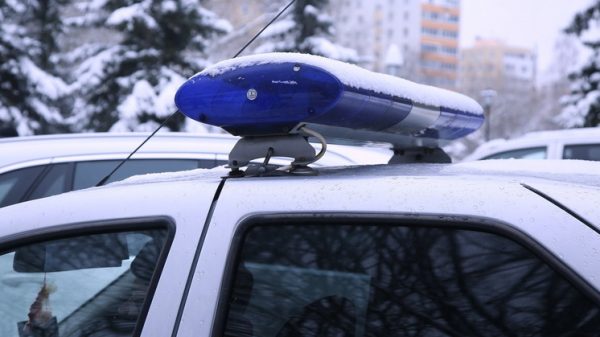

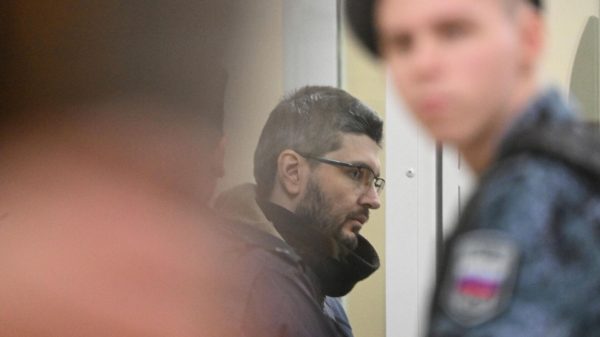
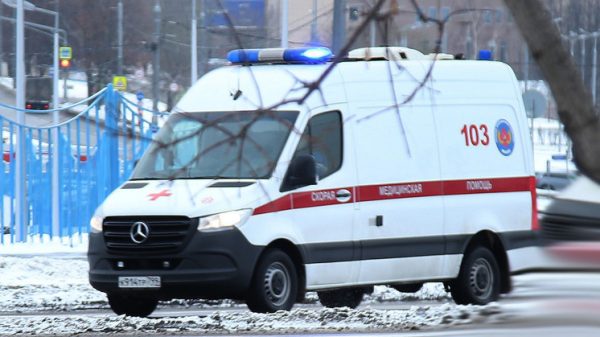
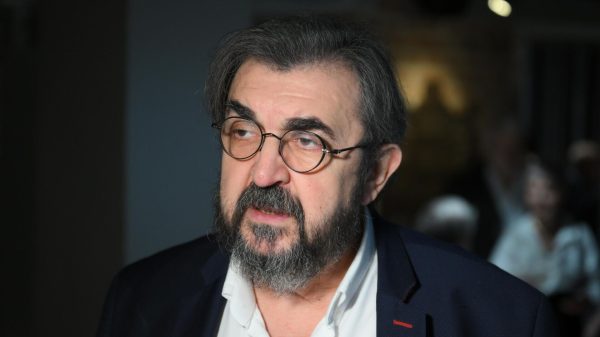
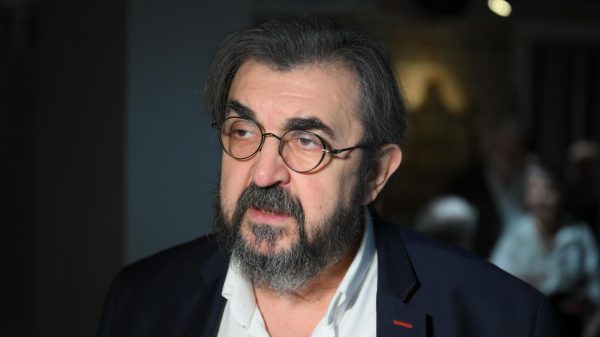
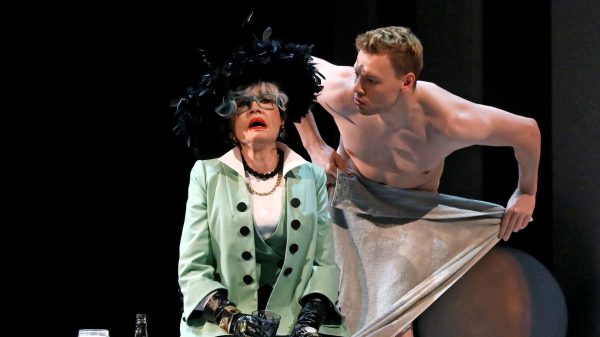




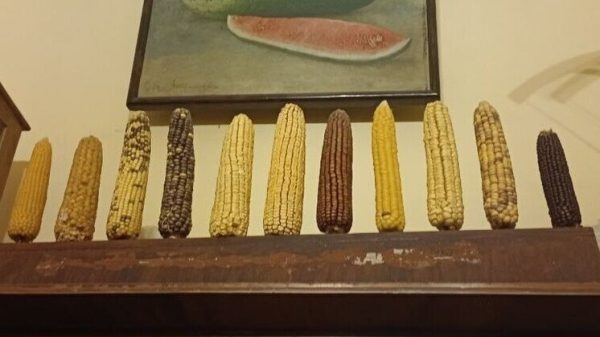




































Свежие комментарии